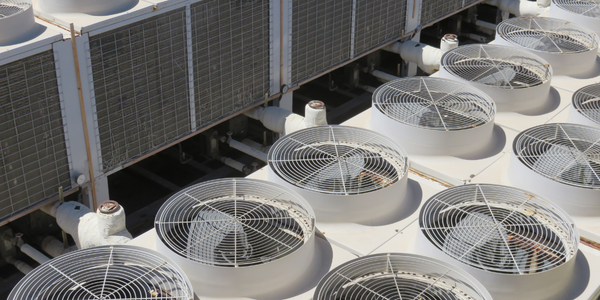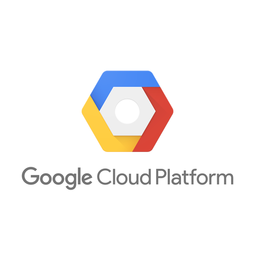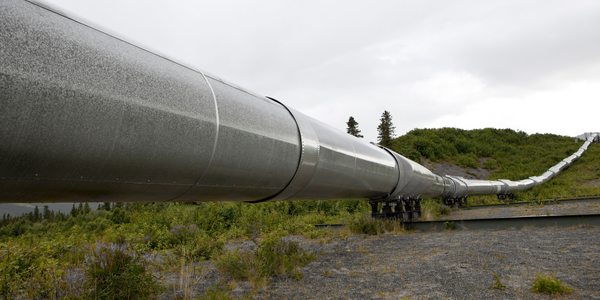Customer Company Size
Startup
Region
- Europe
- America
- Asia
- Pacific
Country
- Germany
- Australia
- United States
- Chile
Product
- Google Cloud
- Vertex AI
- Docker Swarm
Tech Stack
- Machine Learning
- Cloud Storage
- Containerized Applications
Implementation Scale
- Enterprise-wide Deployment
Impact Metrics
- Environmental Impact Reduction
- Customer Satisfaction
- Digital Expertise
Technology Category
- Analytics & Modeling - Machine Learning
- Platform as a Service (PaaS) - Data Management Platforms
- Infrastructure as a Service (IaaS) - Cloud Storage Services
Applicable Functions
- Business Operation
- Quality Assurance
Use Cases
- Remote Asset Management
- Predictive Maintenance
Services
- Cloud Planning, Design & Implementation Services
- Data Science Services
- System Integration
About The Customer
OroraTech is a German-based intelligence-as-a-service company focused on protecting Earth's forests from wildfires. The company utilizes innovative thermal-infrared cameras mounted on satellites to detect fires early, monitor forests in real-time, and assess risks and damages. OroraTech's Wildfire Solution is used by governments, local authorities, NGOs, and commercial forestry organizations worldwide, covering over 1.6 million km² of forest. The company was founded as a university project and later joined the Google for Startups Accelerator: Sustainable Development Goals program. OroraTech is committed to sustainability and aims to become a carbon-neutral company, aligning with Google Cloud's goal of operating entirely on carbon-free energy by 2030.
The Challenge
The world's forests are under threat from wildfires, which are exacerbated by climate change. In 2021, wildfires consumed vast areas of forest, equivalent to around 16 football pitches of trees per minute. Detecting these fires early is crucial to minimizing damage and protecting the environment. OroraTech, an intelligence-as-a-service company, aims to address this challenge by providing thermal data from space to detect and monitor wildfires. The company has launched thermal sensors on satellites to continuously monitor Earth's temperature and provide data-based trends. However, to effectively tackle the global wildfire problem, OroraTech needs a reliable and scalable infrastructure that can support its operations and facilitate international growth.
The Solution
OroraTech migrated its core infrastructure to Google Cloud to enhance the reliability and scalability of its Wildfire Solution. The migration was completed in just one month with minimal downtime, ensuring high availability and responsiveness. The company uses containerized applications and Cloud Storage with Docker Swarm as the orchestration service to scale with the number of users. Machine learning models trained with Vertex AI are employed to improve the detection of fires and prediction of risks. By abstracting lower levels of infrastructure, OroraTech's team can focus on developing new features and improving the Wildfire Solution. The global Google Cloud infrastructure supports OroraTech's international growth by complying with various data security guidelines.
Operational Impact
Quantitative Benefit

Case Study missing?
Start adding your own!
Register with your work email and create a new case study profile for your business.
Related Case Studies.

Case Study
Remote Monitoring & Predictive Maintenance App for a Solar Energy System
The maintenance & tracking of various modules was an overhead for the customer due to the huge labor costs involved. Being an advanced solar solutions provider, they wanted to ensure early detection of issues and provide the best-in-class customer experience. Hence they wanted to automate the whole process.
.png)
Case Study
Improving Vending Machine Profitability with the Internet of Things (IoT)
The vending industry is undergoing a sea change, taking advantage of new technologies to go beyond just delivering snacks to creating a new retail location. Intelligent vending machines can be found in many public locations as well as company facilities, selling different types of goods and services, including even computer accessories, gold bars, tickets, and office supplies. With increasing sophistication, they may also provide time- and location-based data pertaining to sales, inventory, and customer preferences. But at the end of the day, vending machine operators know greater profitability is driven by higher sales and lower operating costs.

Case Study
Predictive Maintenance for Industrial Chillers
For global leaders in the industrial chiller manufacturing, reliability of the entire production process is of the utmost importance. Chillers are refrigeration systems that produce ice water to provide cooling for a process or industrial application. One of those leaders sought a way to respond to asset performance issues, even before they occur. The intelligence to guarantee maximum reliability of cooling devices is embedded (pre-alarming). A pre-alarming phase means that the cooling device still works, but symptoms may appear, telling manufacturers that a failure is likely to occur in the near future. Chillers who are not internet connected at that moment, provide little insight in this pre-alarming phase.

Case Study
Remote Wellhead Monitoring
Each wellhead was equipped with various sensors and meters that needed to be monitored and controlled from a central HMI, often miles away from the assets in the field. Redundant solar and wind generators were installed at each wellhead to support the electrical needs of the pumpstations, temperature meters, cameras, and cellular modules. In addition to asset management and remote control capabilities, data logging for remote surveillance and alarm notifications was a key demand from the customer. Terra Ferma’s solution needed to be power efficient, reliable, and capable of supporting high-bandwidth data-feeds. They needed a multi-link cellular connection to a central server that sustained reliable and redundant monitoring and control of flow meters, temperature sensors, power supply, and event-logging; including video and image files. This open-standard network needed to interface with the existing SCADA and proprietary network management software.









